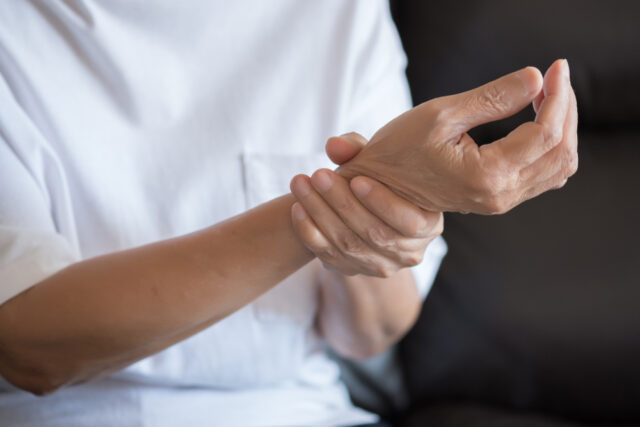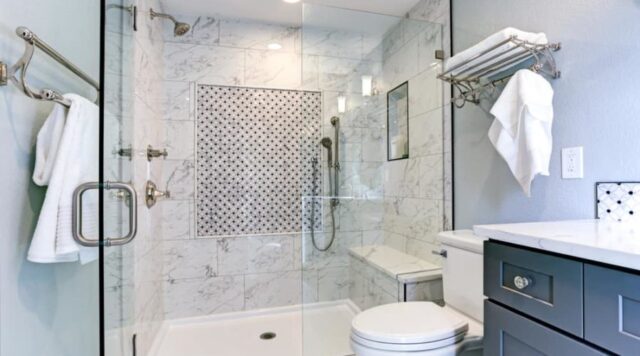
Arthritis affects your daily life. It bothers you when you’re cooking a meal. It flares up when you’re running errands. It even keeps you from going to sleep, making you sore and exhausted in the morning. Other than taking your prescription medication, there are several lifestyle changes that you need to make after you’ve been diagnosed with arthritis.
Change Up Your Home

There are lots of things around the house that can make living with arthritis more challenging. Some of these can raise your chances of injuries. No one wants to be hospitalized because of their home décor. So, where do you start?
Carpets and Rugs
One of the first changes that you should make is removing any throw rugs, runners, and doormats from the floor. These are all tripping hazards for anyone who lives with arthritis in the knees or hips. The pain in these joints can make your legs feel stiff, which makes it harder to lift your legs and stay balanced as you walk. So, a small slip of your foot on a piece of carpeting could be enough to make you fall. This move is especially important for any carpeting near staircases.
Slippery Bathrooms
Bathrooms are notoriously risky. The slick surfaces make it hard to balance, and the tiling and porcelain fixtures aren’t comfortable to fall down on. To make your bathrooms safer, you should get mats with grip bottoms for inside and outside the shower/tub. These will reduce your chances of slipping.
Install safety bars inside the shower and beside the tub. You should also put one on the wall near the toilet. It will be much easier to get up from sitting to standing with the help of this hardware.
Doorknobs
Arthritis in the wrists can make it painful to grab and twist doorknobs. Even if you manage to grin and bear through the movement once, you don’t want to repeat it all day long. The solution isn’t to leave all of your doors open. It’s to replace your doorknobs with levers. These are just as effective as knobs, and they’ll be much easier on the wrists.
High Cabinets and Shelves

High cupboards, cabinets, and shelving units can pose a problem when you have arthritis in your wrists. You could hurt your wrists grabbing for something that’s just out of reach. You could drop an item from high above. You could force yourself to use a step ladder — or a trickier object like a chair or stool — and risk falling to the floor. A simple fix is to bring these storage spaces closer to the ground so that they’re easily within reach.
Narrow Doorways and Halls
It’s possible that you will need mobility aids like wheelchairs, walkers, or canes as part of your arthritis treatment. Unfortunately, your house may not have been built with those devices in mind. Your doorways and hallways might be too narrow for you to move through with them. Or maybe it will be a tight squeeze, where you risk scratching up the walls or knocking into door frames.
You should think of hiring contractors to widen your doorways and add a couple of inches to your hallways for easy access.
These are some more changes you should plan for the home:
- Installing grip flooring
- Adding banisters in hallways and rooms
- Installing ramps outdoors
- Moving the main bedroom to the lowest level
- Getting a stairlift or elevator
- Getting voice-controlled lights
- Getting touchless sink faucets
What If the Renovations Are Too Much?

As you can see, these are a lot of changes to make to your home. The renovation process will be costly and inconvenient to go through. But, your comfort is worth the expense.
There is an alternative to renovating your house from top to bottom. If you want all of these comforts and safety measures for your arthritis, but you don’t want to plan out pricey renovations, you should think about moving to a specialized retirement community.
A retirement community will already be equipped with these types of accessible features for residents with joint pain, mobility devices, and balance issues. They will have spacious hallways and doorways for people using wheelchairs, walkers, and canes. They have grab-rails inside of suites and common spaces.
These are some more features that they offer:
- Emergency call systems in every suite
- Emergency pull-cords in hallways
- Walk-in showers
- 24-hour on-site clinical staff
- In-house family physicians
- In-house pharmacy and prescription delivery
They also have plenty of classes and workshops that have your condition in mind. Your comfort will always be considered. Go to Allseniorscare.com to find out about the other useful amenities that will be good for you and your arthritis.
What Other Lifestyle Changes Should You Make?
Get More Sleep

Sleep affects your ability to manage pain. When you’re sleep-deprived, your joint pain is going to be more pronounced and harder to ignore. Try to sleep for a total of eight hours a night, every night. If you’re having trouble getting a good night’s rest because of joint pain, you should try using heating pads before bed.
Try Heat Therapy
Heat therapy is another way to describe putting a heating pad onto your aching joints. It will calm the inflammation and pain, making it easier to do your tasks for the day or go to bed without interruption. You can also accomplish the same thing by soaking in a hot bath or taking a hot shower.







